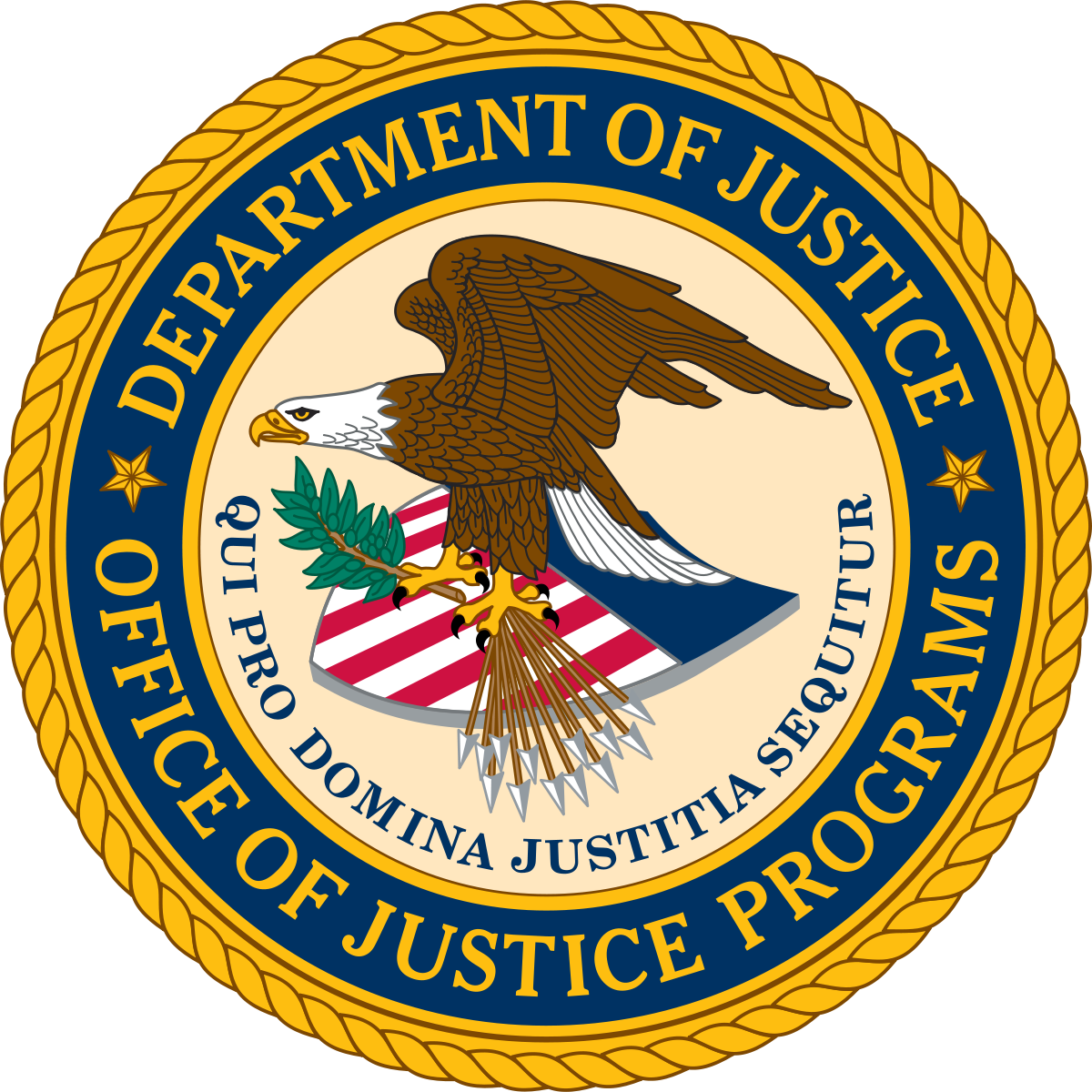Proceedings of a Workshop—in Brief INTRODUCTION There is a growing body of evidence demonstrating the value of incorporating youth voices in the development of research and programming aimed at supporting youth well-being. Participatory methods have the potential to help address … Read More
Youth


Social Media and Adolescent Health
Introduction There are over 1.3 billion young people between ages 10 and 19 in the world today, approximately 1.8 billion between ages 10 and 24, making up the largest generation of youth to have ever lived (Bustreo et al., 2022; … Read More

Using Strength And Challenges To Measure Youth Well-Being
WHAT IS STRENGTH-BASED MEASUREMENT? A Landscape Scan includes background on the movement toward adopting more strength-based approaches in the field of psychology. Traditionally, researchers have focused on the negative forces youth face. This is a holdover from health research, built around mitigating … Read More

Exploring the Effects of Maltreatment and Child Welfare System Experiences on Juvenile Justice Involvement
This dissertation examines the effect of maltreatment and child welfare experiences on juvenile justice involvement. Using a broad sample of youth who have been involved with probation and the advanced causal inference method of Targeted Maximum Likelihood Estimation (TMLE) and … Read More

Helping Children and Youth Maintain Relationships With Birth Families
Children and youth who are adopted need to maintain relationships with their birth families, previous caregivers, or other important connections, and it is vital that their parents support them in doing so. Nurturing these relationships is in the best interests … Read More

Improving Services for Expectant and Parenting Youth in Care
Entering and navigating the child welfare system can be stressful and confusing for young people separated from their families. It can be even more challenging for young people who are parents, are pregnant, or are expecting. Expectant and parenting youth … Read More

Trauma-Focused Practice Supplement for the Crossover Youth Practice Model
THE CROSSOVER YOUTH PRACTICE MODEL (CYPM) The Center for Juvenile Justice Reform (CJJR) designed the CYPM to improve multi-system collaboration on behalf of crossover youth and their families and inspire practice and policy changes aimed at better meeting their needs. … Read More

Supporting High-Needs Youth at Home and in the Community: Implementation of Youth Advocate Programs, Inc.’s Core Model in Six Jurisdictions Across the United States
Executive Summary Over the last twenty years, the number of youth incarcerated in residential facilities across the United States has declined significantly. While the reasons for this precipitous drop are complex, many scholars believe that the decline has been driven … Read More

Sexual Health Facilitators’ Guide to Responding to Youths’ Questions About Sex
For years, researchers have sought to identify the most common sex ed-related questions that students are asking in school and online. Students’ questions largely fall into topics related to the body, identity and relationships, sexual behavior, contraception/protection, and pregnancy. Some questions may prompt teachers or facilitators of sex … Read More

What’s at Stake as Public Spending on Kids Declines?
The child poverty rate increased dramatically in 2022 after dropping to a historic low in 2021, according to new Census Bureau data. The drop in child poverty in 2021 was largely attributable to the temporary expansion of the child tax credit (CTC) and to the … Read More
